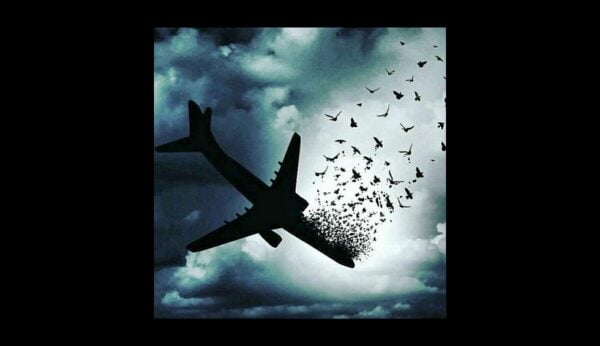
With the recent and severe condemnation of Belarus’ actions against an opposition activist and a civil airliner, with must acknowledge that the same level of continuing condemnation should continue to address the murder of the passengers and crew of Ukrainian Airlines Flight PS752 over a year ago. Recently, the crime that was the murder of hundreds of innocent civilians on PS752 by Iran’s Air Defense forces was acknowledged as an “act of terrorism” as well as “intentional” by a Canadian court in the Province of Ontario where many of the surviving families of the victims reside.
The late Cold War sophistication of the TOR-M1 system that shot two surface to air missiles at a passenger plane three minutes after takeoff from Teheran’s International Airport is well known to have a horrific and brutal effect on victims of an airliner. The TOR-M1 has several fail safe plans and mechanisms as part of its design and implementation. It is difficult to see how an accident could have occurred on so many levels. With the firing unit of the TOR-M1 having its own radars and optical systems, as well as being linked to the tracking and guidance systems of several other TOR-M1s in the unit, PS752 would have been seen on all of their radars and ID systems. The units are always under the control of a dedicated control unit in the field that is in communication with the central command structure of the Air Defense Forces of the Iranian military, who also have information and flight plans for civilian air routes. The TOR-M1s were purchased from Russia, who often trains and organises the use of such weapons when sold abroad, and it is doubtful that the method and training on the TOR-M1s would have been lax when they were purchased and installed within Iran’s Armed Forces.
Despite the obvious horror of the murder of the passenger of Flight PS752, there has been a somewhat passive approach by Canada where most of the victims resided to achieve true justice for the families. Many of the families who lost loved ones were harassed in Iran itself, and the Prime Minister of Canada was photographed bowing, joyful and shaking hands with Iran’s foreign minister weeks after Iran killed his citizens. Hopefully the recent judgment will motivate the Government of Canada to respect the victims of this clear human rights atrocity, by acknowledging how the use of military grade weapons on civilians occurred, and move beyond simply a financial compensation package for victims where an account of justice clearly needs to take place. Considering their lack of immediate action in condemning the Uighur Genocide, there seems to be a moral deficit with many Western leaders in 2021.
With the two missiles that shot down PS752, it has been reported that many of the 4000 rockets that were fired into Israel were supplied and designed by Iran’s military as well. These missiles were aimed and fired at civilian targets in order to continue their use of military grade weapons against civilians, even pointed towards civilian airports, hospitals and schools. While the TOR-M1 missiles were precise weapons, the rockets fired are similar to smaller calibre GRAD, or Katyusha type rockets used as deadly artillery by the Soviet Army against the Wehrmacht during the Second World War. One of the most feared weapons of the Soviets during the Second World War, the GRAD rockets are designed to flatten a wide area using multiple missiles to destroy full units of dozens of tanks and troops. To fire such a military grade weapon in a populated area is a clear crime against humanity, as was the firing on Flight PS752. Governments need to show that shooting into a crowd of civilians with any type of weapon is horrific, those that choose to delay or qualify condemnation are clearly ignoring fundamental rights.
Zero tolerance is paramount in the use of military grade weapons on civilians, without an ounce of qualification.